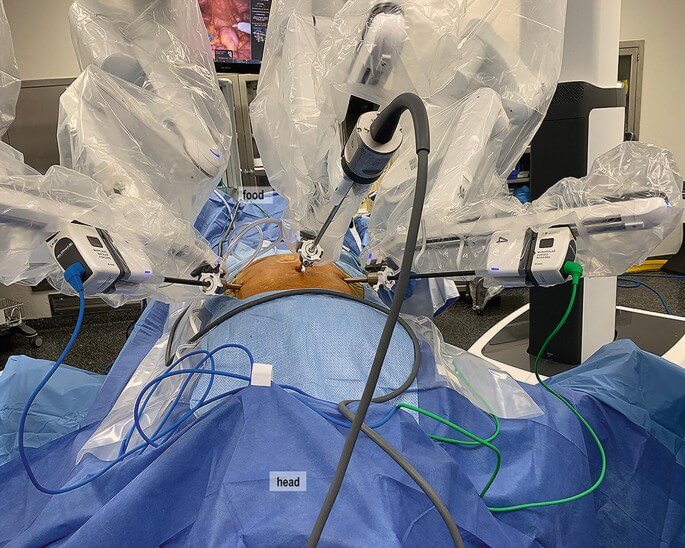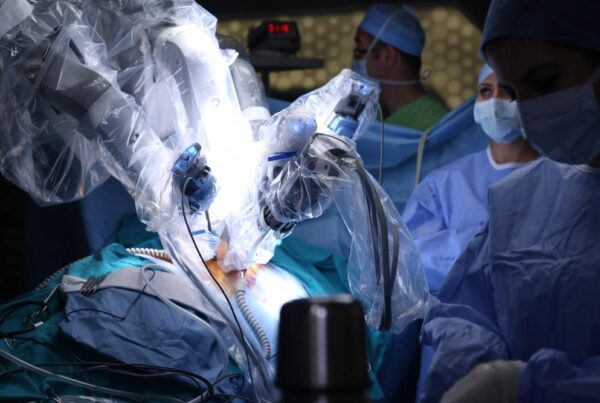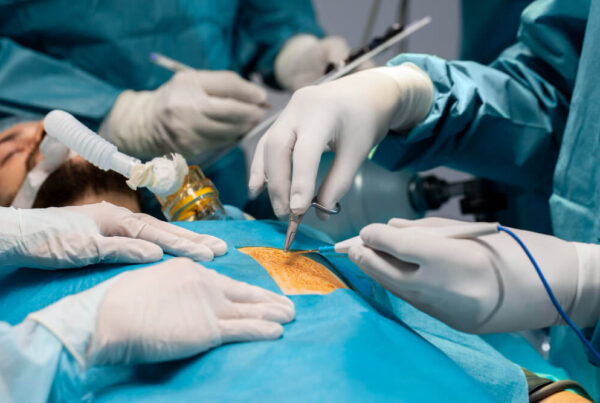 Hernias can be a significant source of discomfort and pain, affecting daily activities and overall quality of life. Fortunately, advancements in medical technology have led to innovative solutions, with robotic hernia surgery emerging as a preferred option for many patients. This minimally invasive technique offers several advantages over traditional surgical methods.
Hernias can be a significant source of discomfort and pain, affecting daily activities and overall quality of life. Fortunately, advancements in medical technology have led to innovative solutions, with robotic hernia surgery emerging as a preferred option for many patients. This minimally invasive technique offers several advantages over traditional surgical methods.
What is Robotic Hernia Surgery?
Robotic hernia surgery utilizes a robotic surgical system, which enhances the surgeon’s capabilities during the procedure. While the surgeon remains in control, the robotic arms provide greater precision and flexibility than human hands alone. This advanced technology allows for intricate maneuvers within the body, making it ideal for hernia repair.
Benefits of Robotic Surgery
-
Minimally Invasive:
One of the primary advantages of robotic hernia surgery is its minimally invasive nature. Instead of making a large incision, surgeons use several small incisions to insert the robotic instruments. This results in less tissue damage, reduced pain, and quicker recovery times.
-
Enhanced Precision:
The robotic system offers high-definition 3D visualization and superior dexterity, enabling surgeons to operate with exceptional accuracy. This precision is particularly beneficial for complex cases or hernias located in challenging anatomical areas.
-
Reduced Recovery Time:
Patients undergoing robotic hernia surgery often experience shorter hospital stays and quicker return to normal activities compared to traditional open surgery. Many patients can resume their daily routines within a few days, thanks to less postoperative discomfort and fewer complications.
-
Lower Risk of Complications
Robotic techniques are associated with a lower risk of infections and complications, such as hernia recurrence. The ability to repair the hernia with greater accuracy and less trauma to surrounding tissues contributes to these improved outcomes.
-
Less Scarring
The smaller incisions used in robotic surgery typically result in minimal scarring, which is an added aesthetic benefit for many patients.
Who is a Candidate?
Robotic hernia surgery can be a suitable option for various types of hernias, including inguinal, umbilical, and incisional hernias. However, not all patients may qualify for this procedure. Factors such as the size and location of the hernia, the patient’s overall health, and previous surgical history will be considered by the surgeon.
Conclusion
Robotic hernia surgery represents a significant advancement in the field of surgical medicine. By combining cutting-edge technology with skilled surgical expertise, patients can benefit from a more effective and less invasive treatment option. If you or someone you know is suffering from a hernia, discussing the possibility of robotic surgery with a healthcare provider could be a transformative step toward relief and recovery.




